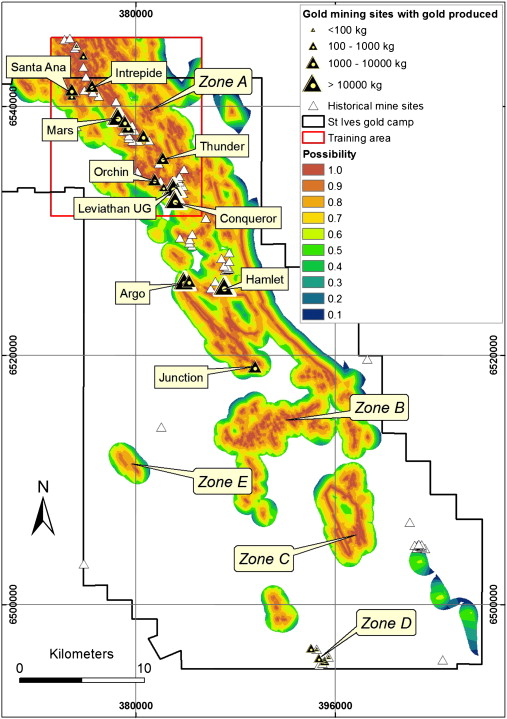Fault lines lead to gold
Small-scale fault systems in the Earth’s crust have a strong correlation with the location of gold, a recent study of the St. Ives Goldfields in Western Australia has found.
The research, published in science journal Ore Geology Reviews, found that all major gold deposits are controlled by faults, but small fault systems are more likely to lead to gold than larger ones.
CSIRO researcher Dr. Carsten Laukamp says the relationship between fault systems and gold traces is key to understanding the genesis of gold and could be used to help locate any commodity.
“Determining the spatial relationship between geological features such as fault lines, and gold traces, is not only important to understand how deposits form, it can also guide mineral exploration because we can use this information to develop predictive mineral maps,” he says.
Dr. Laukamp and his team developed a predictive mineral map of the St. Ives Goldfields that shows new prospective areas where there is a high likelihood that gold could be located.
“We used information such as rock type, colour, shape and size and geological boundaries – all information we can gather from drilling samples – to develop the map,” Dr. Laukamp says.
“This research is one step in the development of predictive mineral maps that integrate various types of geological data.
“Next, we’ll incorporate data collected from aircrafts and satellites, such as geophysical and spectroscopic data, which will improve the information value and accuracy of the predictive mineral map.”
More News
{{ commodity.name }}
{{ post.title }}
{{ post.date }}


Comments